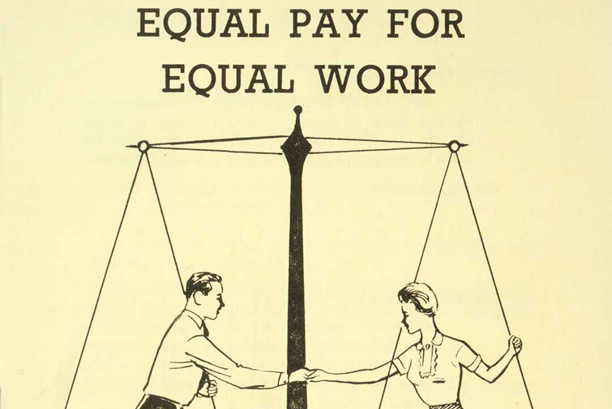
After much activism and negotiation, the Equal Pay Act passed into law. The legislation, which aimed to end the gender pay gap in the private sector, followed the Government Service Equal Pay Act 1960 which addressed the pay gap in the public service.
The Act covered work performed exclusively or predominantly by women, as well as work done by both women and men which was the ‘same or substantially similar’.
The Equal Pay Act led to a significant narrowing of the gender pay gap, with women’s hourly wage rising from 69.9% of men’s in October 1972 to 78.5% in October 1977. [1]
In 2021, according to the Public Service Commission, ‘men in Aotearoa earn on average 9% more than women’. The discrepancy was higher for Māori and Pacific women, and for women from diverse ethnic communities.
[1] Martha Coleman, ‘Equal Pay’, in Gay Simpkin and Marie Russell (eds), Women will rise! Recalling the Working Women’s Charter, Steele Roberts, Paraparaumu Beach, 2022, p. 106.
External links
How to cite this page
'Equal Pay Act passed into law', URL: https://nzhistory.govt.nz/page/equal-pay-act-passed-law, (Ministry for Culture and Heritage), updated 7-Nov-2022

Community contributions